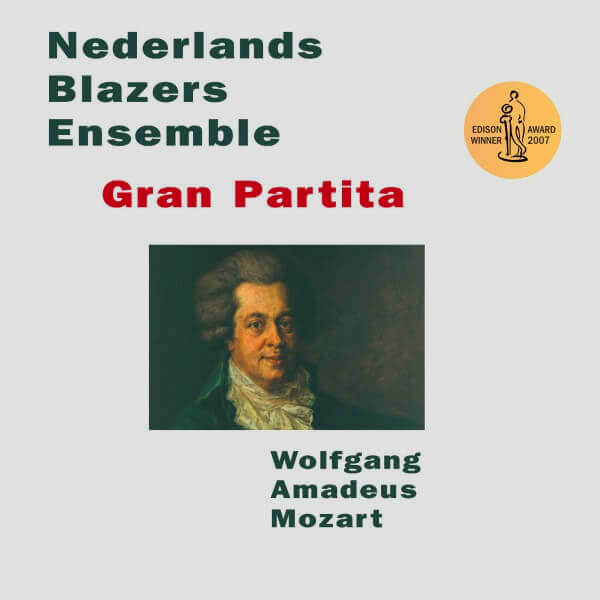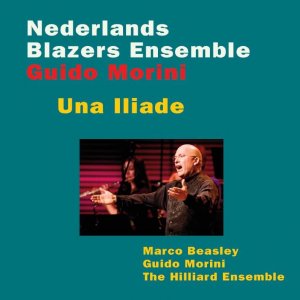Description
“…At 11 o’clock in the evening I heard two clarinets, two horns and two bassoons play some night music. In fact it was my own composition. (…) The poor devils of musicians acquitted themselves well enough, especially the first clarinettist and the two horns. These fine gentlemen had opened the front doors wide and arranged themselves in the garden, to surprise me in the most pleasurable of ways with the first E-flat chord just as I was preparing to disrobe…”. Mozart wrote these words in a letter to his father from Vienna, dated November the third 1781. In those days, it was by no means unusual to express one’s gratitude or friendship, serenade one’s beloved or liven up a dinner party with important guests by asking some “poor devils” with wind instruments to come over and play. In the 18th century, wind instruments had very little prestige. Violinists, pianists, singers, even cellists were considered serious musicians. Players of wind instruments, by contrast, were common as muck. Regular Joes, who might sell cheese in addition to playing the horn (like Joseph Leutgeb, who commissioned an unwilling Mozart to write four horn concertos). The repertoire for winds typically included serenades, cassations, divertissementi, nocturnes and partitas: musical entertainments to be performed in the home or al fresco. They were in hot demand: in 1782, the Viennese emperor Joseph II even had a wind ensemble on his payroll “for private and public amusement.” No one who was anyone in the aristocracy could afford to do without, making the so-called Harmoniemusik ensemble (two oboes, two clarinets, two bassoons, two horns) the most popular form of musical entertainment in the second half of the 18th century. Mozart, Beethoven, Hayden, Schubert and hundreds of lesser masters all wrote basic workaday music for these forces: original works as well as versions of popular operas, ballet music and symphonies. So what could have possessed Mozart to write his Serenade in B-flat, known as the Gran Partita (the title, incidentally, was not Mozart’s own but scribbled over the manuscript later by an anonymous editor)? If ‘Gran’ translates as grand, it is an apt enough addition, as Mozart’s Serenade far surpasses what would have been expected of a serenade. The forces are highly unusual: not eight but 13 musicians! The length, too, is odd: not twenty minutes or, say, thirty like the longest of Mozart’s symphonies but fifty minutes! And the music itself was outrageously profound (one would have had to have both breeding and stamina to sit through the full fifty minutes on one’s balcony). It remains guesswork of course (although I would like to think that masterpieces such as the Gran Partita invite inspired guesses) but Mozart would not be Mozart if he did not try to break with convention. By whose authority did entertainment Workaday Music? Does music have to be superficial anyway? Possibly by that of emperor Joseph II, who is thought to have commissioned the work, but in those years the young Mozart was going from strength to strength with his winningly fresh outlook. And of course Mozart had just joined the local freemason’s lodge. Anton Stadler, a true pioneer on the clarinet, was also a member of the lodge, as was his brother Johan who played the same instrument.






